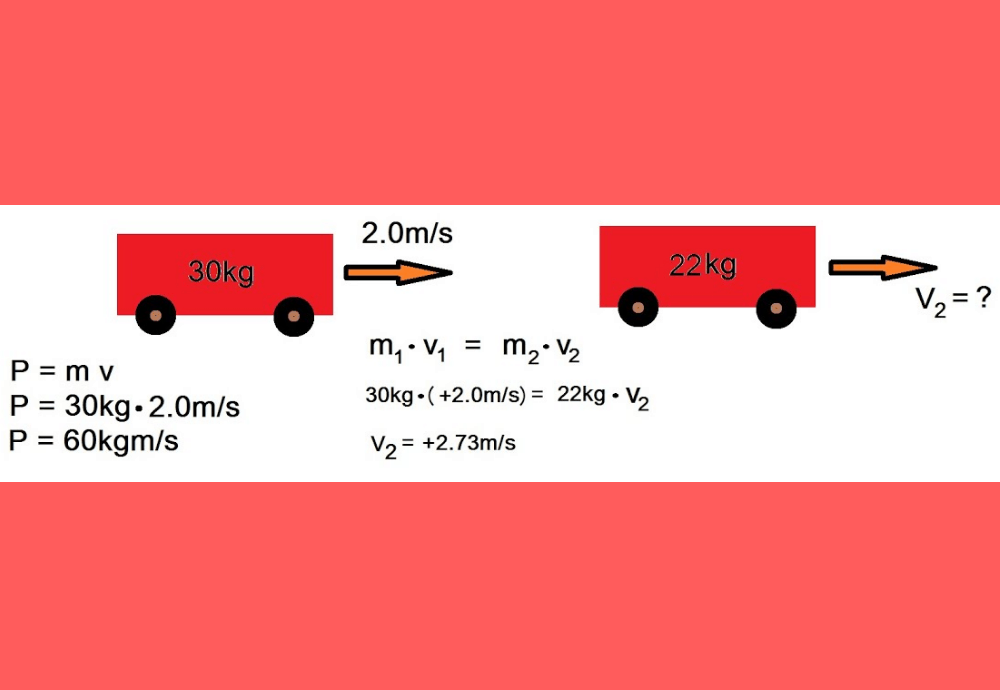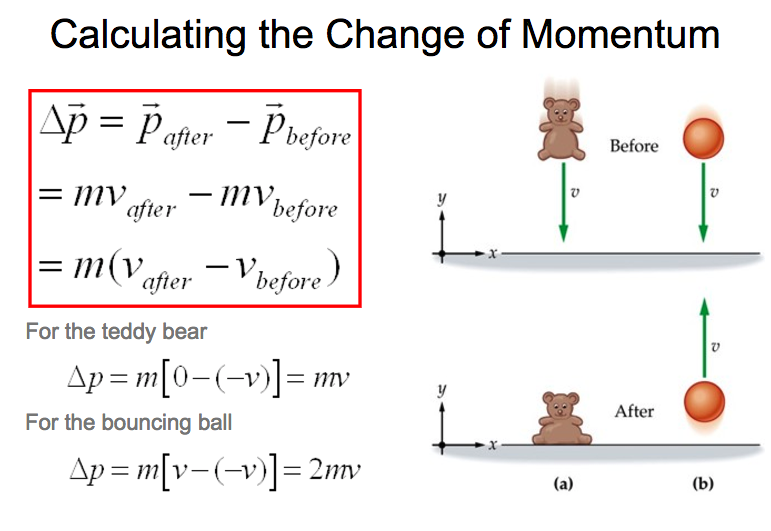
This property means that the area of the energy transfer function is constant. In such a case, the avoidance of the infinite numerical integration in the frequency domain may be useful.Ī theory of earthquake input energy to building structures under single impulse has been shown to be useful for disclosing the property of energy transfer function ( Takewaki, 2004a). When the structure becomes stiffer, the contribution from higher excitation frequencies is not negligible (a smaller time increment is required in the time domain). Another advantageous feature to introduce the upper bound of input energy is to avoid the infinite numerical integration required in the frequency-domain formulation ( Kojima et al., 2015).

Especially, energy is appropriate for describing the performance of building structures of different sizes in a unified manner because energy is a global index different from deformation and acceleration as local indices.Ĭompared with most of the previous works dealing with time histories, the earthquake input energy is formulated here in the frequency domain ( Lyon, 1975 Ordaz et al., 2003 Takewaki, 2004a, b, 2005a, b Takewaki and Fujita, 2009 Kojima et al., 2015) to enable the derivation of bound of earthquake input energy, which is useful for the design of building structures under uncertain conditions. While deformation and acceleration can predict and evaluate the performance of a building structure mainly for serviceability, the energy can evaluate the performance of a building structure mainly for safety. In the history of seismic resistant design of building structures, the earthquake input energy has played an important role together with deformation and acceleration (for example, Housner, 1959, 1975 Berg and Thomaides, 1960 Housner and Jennings, 1975 Zahrah and Hall, 1984 Akiyama, 1985 Ohi et al., 1985 Uang and Bertero, 1990 Leger and Dussault, 1992 Fajfar and Vidic, 1994 Kuwamura et al., 1994 Riddell and Garcia, 2001 Trifunac et al., 2001 Takewaki, 2004a, b Trifunac, 2008). The relation of the double impulse to the corresponding one-cycle sinusoidal wave as a representative of near-fault pulse-type waves is also investigated.
#Initial energy input in system by impulsive force full
An upper bound of the earthquake input energy is then derived by taking full advantage of the property of the energy transfer function that the area of the energy transfer function is constant. The solution to that critical excitation problem is derived. The frequency characteristic of the Fourier amplitude of the double impulse is found in an explicit manner and a critical excitation problem is formulated with an interval of two impulses as a variable.


In order to resolve such issue, a double impulse is introduced in this paper. However, single impulse may be unrealistic from a certain viewpoint because the frequency characteristic of input cannot be expressed by this input. This property shows that the area of the energy transfer function is constant irrespective of natural period and damping of building structures.


 0 kommentar(er)
0 kommentar(er)
